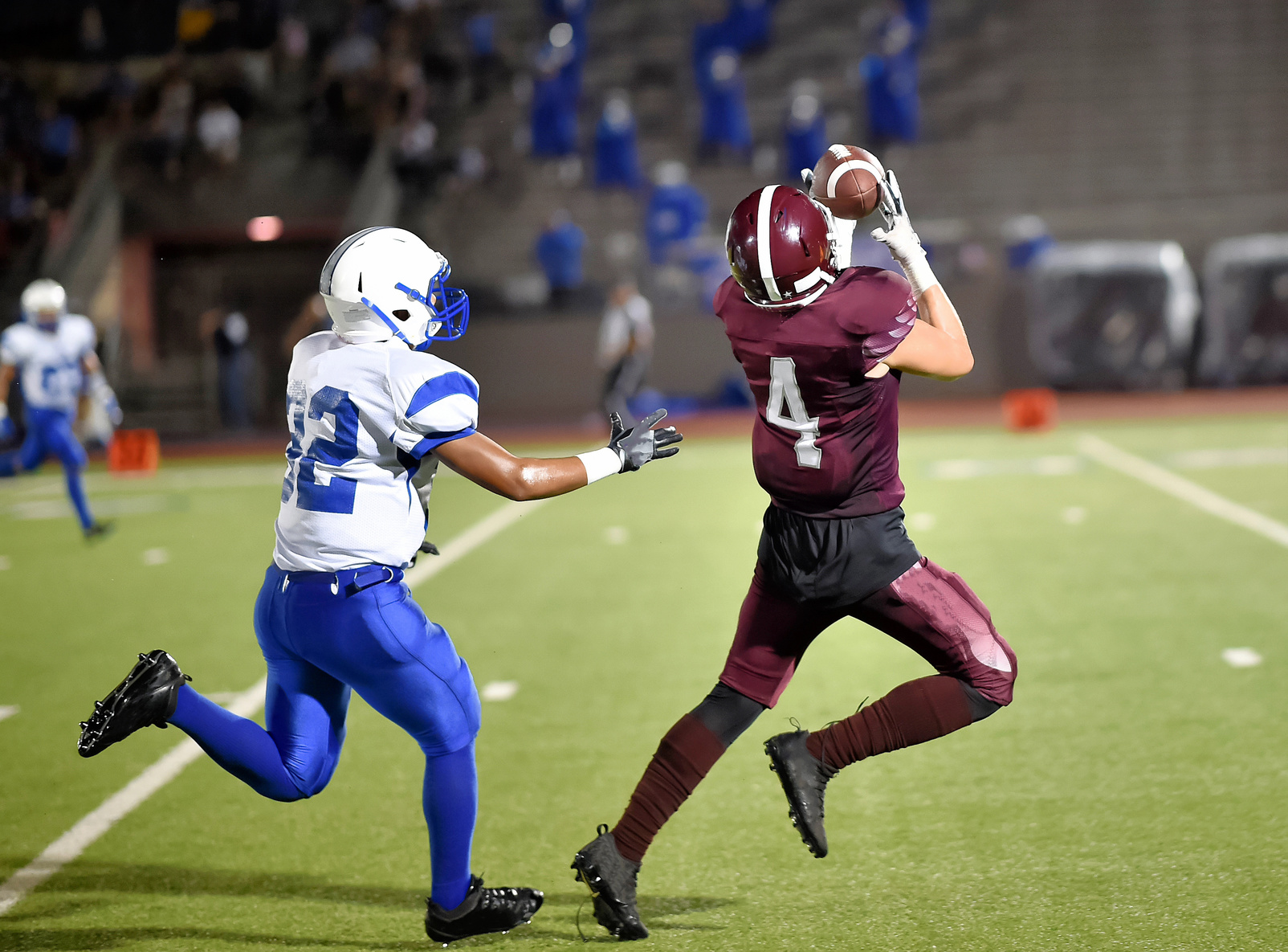According to local newspapers, a jury recently found a local Iowa school negligent for how it handled a football player's possible head injuries. The jury awarded approximately $140,000 in medical expenses and $850,000 in damages for “pain and suffering, loss of mind and body, and loss of future earnings”. Court documents stated that Bedford (Iowa) High School freshman Kacey Strough told his coach that teammates were throwing footballs at his head during the 2012 football season. Evidently, the teammates continued, even after Strough asked them to stop. The coach reportedly did nothing about the incident. A lawsuit was then filed in 2013, claiming that Strough sustained head injuries as a result of the incident. With the facts in mind, the jury determined that the school must pay close to $1 million in damages and medical fees. This is particularly important because this was the largest payout in a high school head injury case. Consequently, legal experts are watching similar cases and keeping their eyes on sports where injuries to the head have caused significant damage. Reportedly, both the school administration and the nurse knew about Strough’s condition, but failed to tell the coaches that he was more susceptible to a potential head injury. Many states now require coaches and officials must remove athletes from the field at the first possible sign of a head injury. Iowa state passed a similar law in 2011 which dictated that athletes are not allowed to return until being evaluated and cleared by a licensed medical professional. Strough was never removed from the field of play. In most instances, being hit in the head with a ball would not necessarily cause significant injury for high school athletes. However, Strough was a unique case because he has a rare condition called cavernous malformation. The condition disrupts normal blood flow and can leave individuals more susceptible to brain injury. After the primary incident, Strough began showing signs of serious brain trauma including; partial paralysis, slurred speech and severe headaches. The student underwent surgery to remove a blood clot near his brainstem. The lawsuit claimed the clot was directly related to the incident and made worse by the failure of his coach to take him out of the game. At present, Strough uses a wheelchair and has permanent brain damage. It appears that he has a long road of recovery ahead if he recovers at all. The case originally focused on the administration's failure to respond when Strough reported being bullied. It was later amended to focus on the failure to comply with the 2011 concussion and head injury law. This case officially goes down as a jury holding a school responsible for failing to protect an athlete who sustained a head injury. However, the case could potentially open major legal doors for athletes in Louisiana and other states where head injuries have caused major problems for athletes from the high school level through the professional leagues.
H.S. Football Head Injury Incident Nets $1 Million



